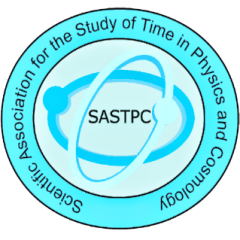Wednesday, July 23, 2014
Scientists set new record by discovering the two most distant stars ever found in the milky way

- Density, temperature, and CII projections along the y-axis at a scale of 1 pc, for three different metallicities. (Credit: University of Göttingen)
Optical fibres from thin air

Hubble traces the halo of a galaxy more accurately than ever before

Proton spin mystery gains a new clue

‘Transformer’ pulsar is more than meets the eye

(Credit: NASA’s Goddard Space Flight Center)
Massive neutrinos and new standard cosmological model: No concordance yet

What is gravity really (VIDEO)?
via nasaAdvanced dark matter experiment coming to SNOL

Update: Einstein is still full of surprises



